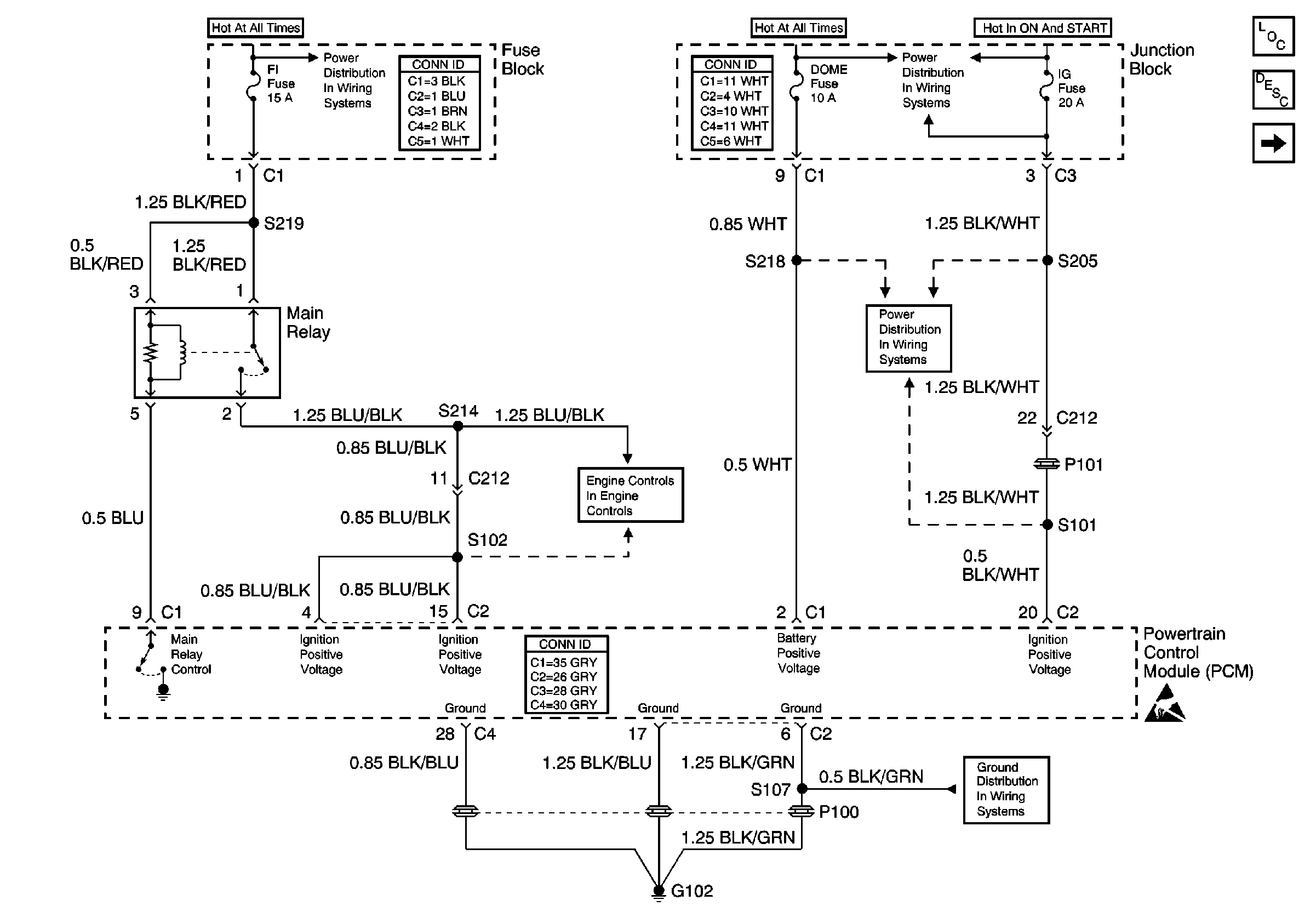Rough, Unstable, or Incorrect Idle, Stalling
Checks
| Action
|
DEFINITION: The
engine runs unevenly at idle. If severe enough, the engine or vehicle may
shake. The engine idle speed may vary in RPM. Either condition
may be severe enough to stall the engine. The engine idles at an
incorrect speed.
|
Preliminary Check
|
|
Sensor Checks
|
| • | Inspect the operation of the heated oxygen sensor (HO2S) 1. Refer
to: |
| • | Check the throttle position (TP) sensor. A sticking throttle shaft
or a binding throttle linkage will cause a high TP sensor voltage (open throttle
indication). Under these conditions the powertrain control module
(PCM) may not control the idle. Monitor the TP sensor voltage
with the scan tool or a voltmeter. The indicated voltage should
be less than 1.25 volts with throttle closed. |
| • | Inspect for a shifted or fixed engine coolant temperature (ECT)
sensor. Test the ECT sensor using the scan tool. Compare the engine coolant
temperature with the ambient air temperature on a cold engine.
If the engine coolant temperature is more than 5°C (9°F) more
or less than the ambient air temperature, check for a high resistance
in the coolant sensor circuit or the sensor itself. Refer to
Temperature Versus Resistance
. |
| • | Check the performance of the mass air flow (MAF) sensor. Refer
to Diagnostic Aids in
DTC P0101
. |
|
Fuel System Checks
|
| • | Check if a Rich or Lean system can cause the condition. Drive
the vehicle at the speed of the complaint. Monitoring the Fuel Trim may help
identify the problem. |
| - | Lean--The Long Term Fuel Trim will be approaching 20 percent.
Refer to
DTC P0171
, Diagnostic Aids. |
| - | Rich--The Long Term Fuel Trim will be approaching -20 percent.
Refer to
DTC P0172
, Diagnostic Aids. |
|
Ignition System Checks
|
| • | Check for the proper secondary voltage output with a J 26792
spark tester or equivalent. |
|
Engine Mechanical Check
|
| • | Check for any of the following engine mechanical concerns: |
| - | Faulty hydraulic lifter assemblies |
| - | Broken or weak valve springs |
| - | Incorrect or worn camshaft |
|
Additional Checks
|
| • | Check for vacuum leaks. Vacuum leaks can cause a higher than normal
idle speed. |
| • | Check the air inlet system (ducts, air cleaner, MAF sensor) for
any leaks or restrictions. |
| • | Check the throttle body for blockage and a damaged or binding
throttle valve. |
| • | Check for binding of the accelerator cable or pedal. Inspect the
accelerator cable for the proper adjustment. Refer to
Accelerator Cable Adjustment
. |
| • | Check for clean and tight battery cables and ground straps. |
| • | Check the PCM grounds for clean, tight, and proper connections.
Refer to
Power and Ground

. |
| • | Check for a DTC C1215 in the antilock brake system (ABS)
idle-up circuit. Refer to
DTC C1215
in Antilock Brake System. |
| • | Check the idle air control (IAC) system for proper operation.
Use a scan tool in order to command the IAC valve to increase/decrease engine
idle speed. Refer to
Idle Air Control (IAC) System Diagnosis
. |
| • | Check the A/C refrigerant pressure for being too high or for a
faulty high pressure switch. |
| • | Check the positive crankcase ventilation (PCV) valve for proper
operation by placing a finger over inlet hole in valve end several times.
The valve should snap back. Refer to
Crankcase Ventilation System Inspection/Diagnosis
in Engine
Mechanical. |
| • | A malfunctioning air limiting valve in the throttle body could
cause the following conditions: |
| - | A slightly higher than normal idle speed on a hot engine when
the air limiting valve is stuck open |
| - | A lower than normal idle speed on a cold engine when the air limiting
valve is stuck closed |
|

